The Best 11 Fruits for Losing Weight
Numerous fruits have high fiber content while being low in calories, which may aid in weight loss. A few fruits, such as melons, apples, and berries, can also make you feel more satisfied.
Fruit is the perfect ready-to-eat snack because it is full of vitamins, fibre, and other nutrients that support a healthy diet. Fruit is often low in calories and high in fibre, both of which may aid in weight loss. In fact, consuming fruit is associated with a lower risk of diabetes, high blood pressure, cancer, and heart disease as well as a lower body weight.
The top 11 fruits for weight loss are listed below.
Grapefruit
The fruit grapefruit, a mix between an orange and a pomelo, is frequently linked to weight loss and dieting.
While only having 37 calories, half a grapefruit, or 123 grammes (g), supplies 51% of the Daily Value (DV) for vitamin C. Vitamin A is also present in modest amounts in red variants.
Additionally, grapefruit has a low glycemic index (GI), which indicates that sugar is released into the bloodstream more gradually. Despite the paucity of research, a low GI diet may support weight loss and weight maintenance.
It's interesting to note that a recent review indicated that grapefruit consumption, compared to control groups, decreased body fat, waist circumference, and blood pressure. Additionally, grapefruit contains a lot of naringenin, a flavonoid with anti-inflammatory and antioxidant characteristics that may guard against diabetes and heart disease.
Although grapefruit can be consumed on its own, it also goes well with salads and other foods.

Summary:
Grapefruit has a high vitamin C content and very few calories. Before a meal, it might be a healthy snack to help you eat less overall.
Apples
Apples have 116 calories and 5.4 g of fibre per large apple (223 g), making them both low-calorie and high-fiber foods. They have also been discovered to aid in losing weight.
One 2008 study gave female participants three identically calorie-dense fruits—three apples, three pears, or three oat cookies—each day for ten weeks. The weight of the oat group did not change, but the apple group shed 2.1 pounds (lbs), or 0.93 kilogrammes (kg), and the pear group 1.6 pounds (0.84 kg).
In addition, a 124,086-person observational study found that over a 4-year period, persons who consumed apples shed an average of 1.24 lbs (0.56 kg) per day serving.
According to research, eating apples whole rather than juiced will help you feel full faster. However, compared to a control beverage with the same number of calories, two earlier trials found that drinking apple juice led to lower levels of body fat.
In addition, increased HDL (good) cholesterol levels and lowered inflammation have both been associated to apple polyphenol extract, which is created from one of the fruit's natural constituents.
There are many ways to eat apples, whether they are cooked or raw. Try baking them on their own or incorporating them into stews, salads, yoghurt, hot and cold cereals, and baked goods.
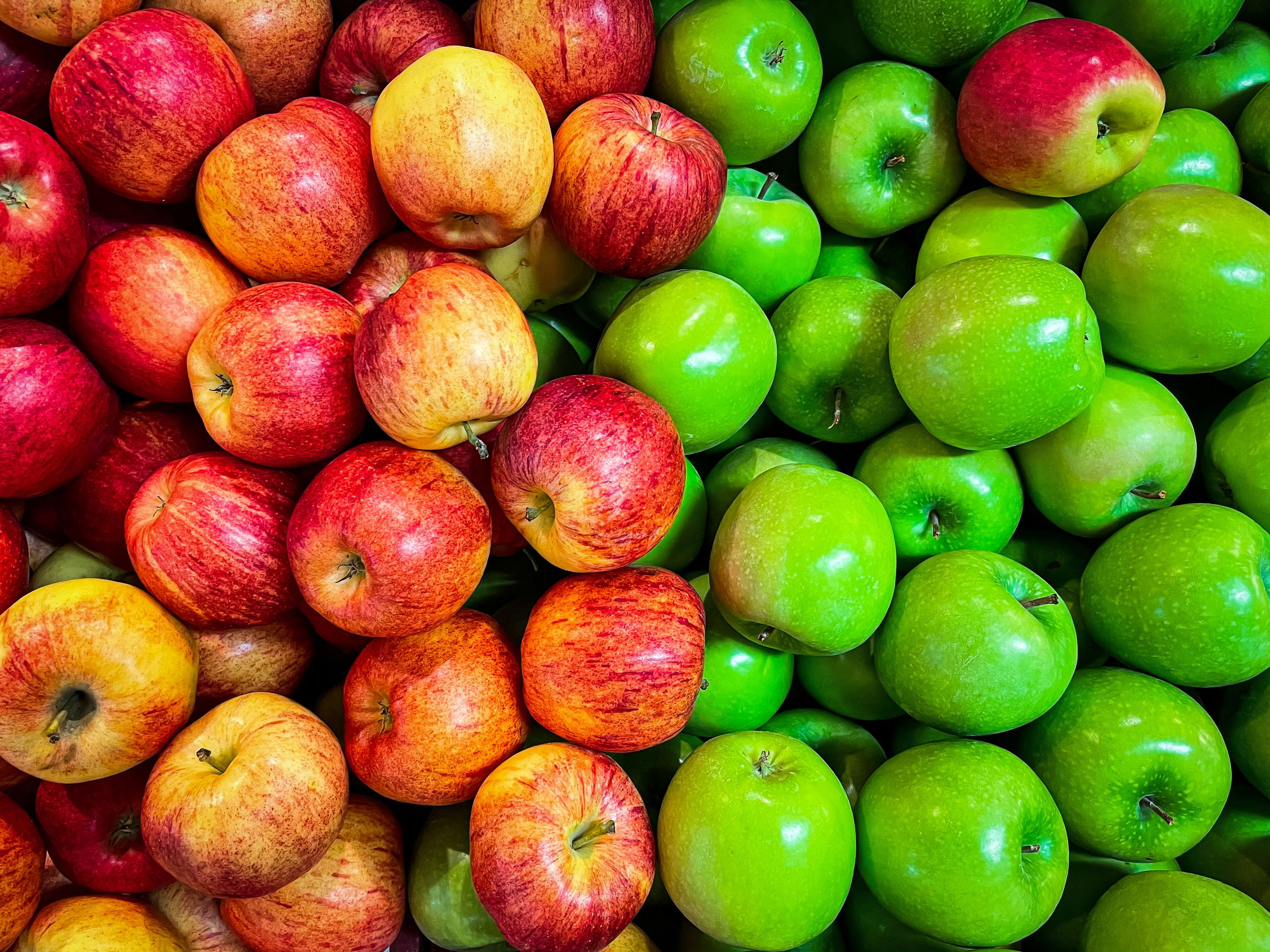
Summary:
Apples are high in fibre, low in calories, and incredibly filling. Studies suggest that they could aid in weight loss.
Berries
Berries are nutritious power houses with few calories.
For instance, one cup (123 g) of raspberries has just 64 calories but 36% of the Daily Value (DV) for vitamin C, manganese, and 12% of the Daily Value (DV) for vitamin K.
99% of the DV for vitamin C and 26% of the DV for manganese are all present in one cup (152 g) of strawberries, which also has 3 g of dietary fibre and only 50 calories.
Additionally, berries have been demonstrated to be filling. According to a tiny study, participants who received a 65-calorie berry snack at snack time consumed less food at their next meal than those who received sweets with the same number of calories.
Additionally, consuming berries may improve inflammation, blood pressure, and cholesterol, all of which may be particularly beneficial for overweight persons.
Berries can be used in a variety of baked products, salads, smoothies, baked cereal or yoghurt, baked goods, baked goods, and frozen berries.
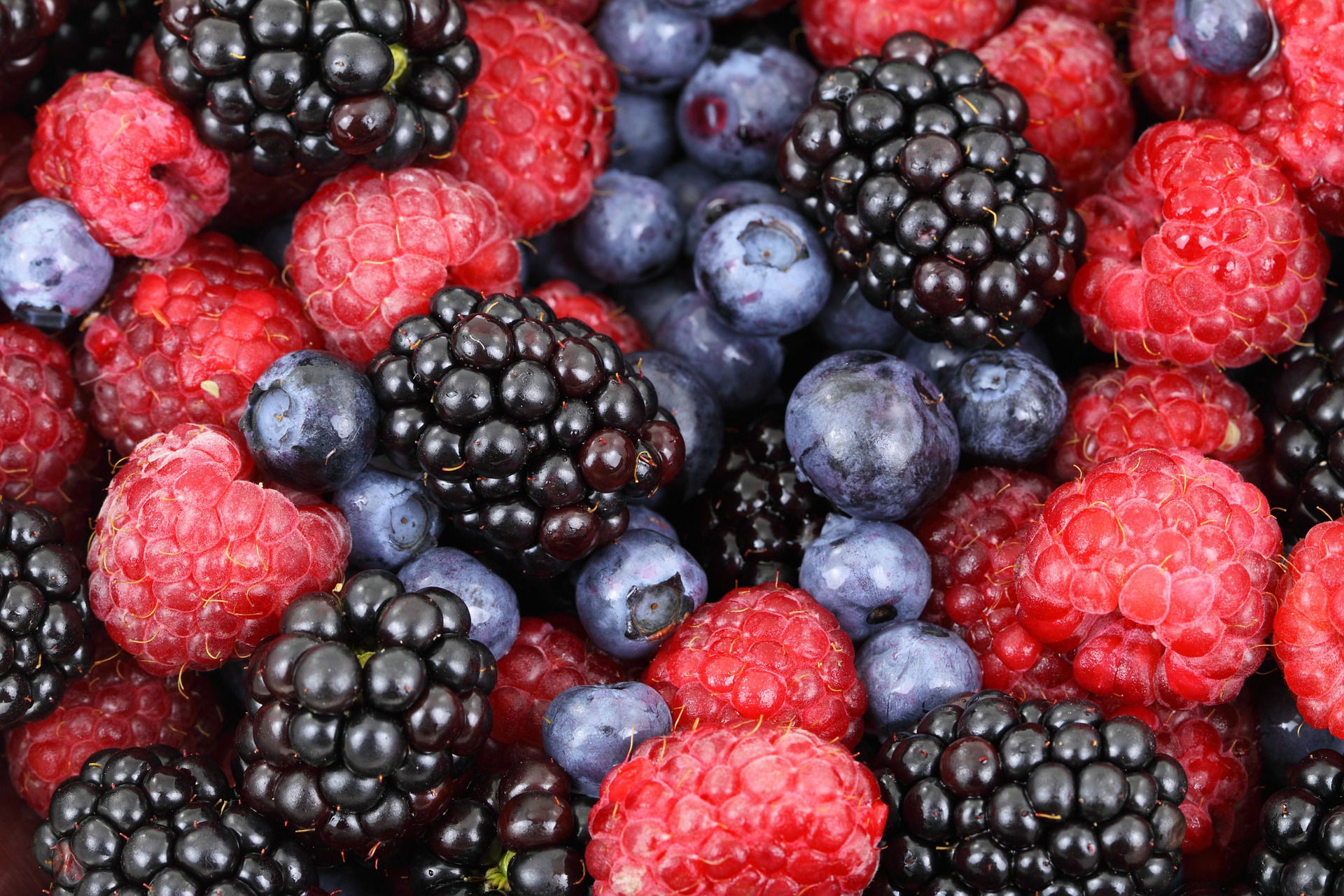
Summary:
Berries have a low calorie count and are rich in numerous essential vitamins. They may also benefit blood pressure, inflammation, and cholesterol levels.
Fruits of stone
Seasonal fruits with a fleshy skin and a stone, or pit, inside are referred to as stone fruits or drupes. Peaches, nectarines, plums, cherries, and apricots are some of them.
Stone fruits are excellent for persons attempting to lose weight since they are low GI, low calorie, and rich in nutrients including vitamins C and A.
One medium peach (150 g) has 58 calories, a cup of cherries (138 g) has 87 calories, four apricots (140 g) or two small plums (132 g) have fewer than 70 calories, and so on. Stone fruits are a more nutrient-dense, full alternative to packaged snack meals like chips or cookies.
Stone fruits can be consumed in a variety of ways, including fresh, grilled, in fruit salads, combined into robust porridge, or as an ingredient in savoury stews.
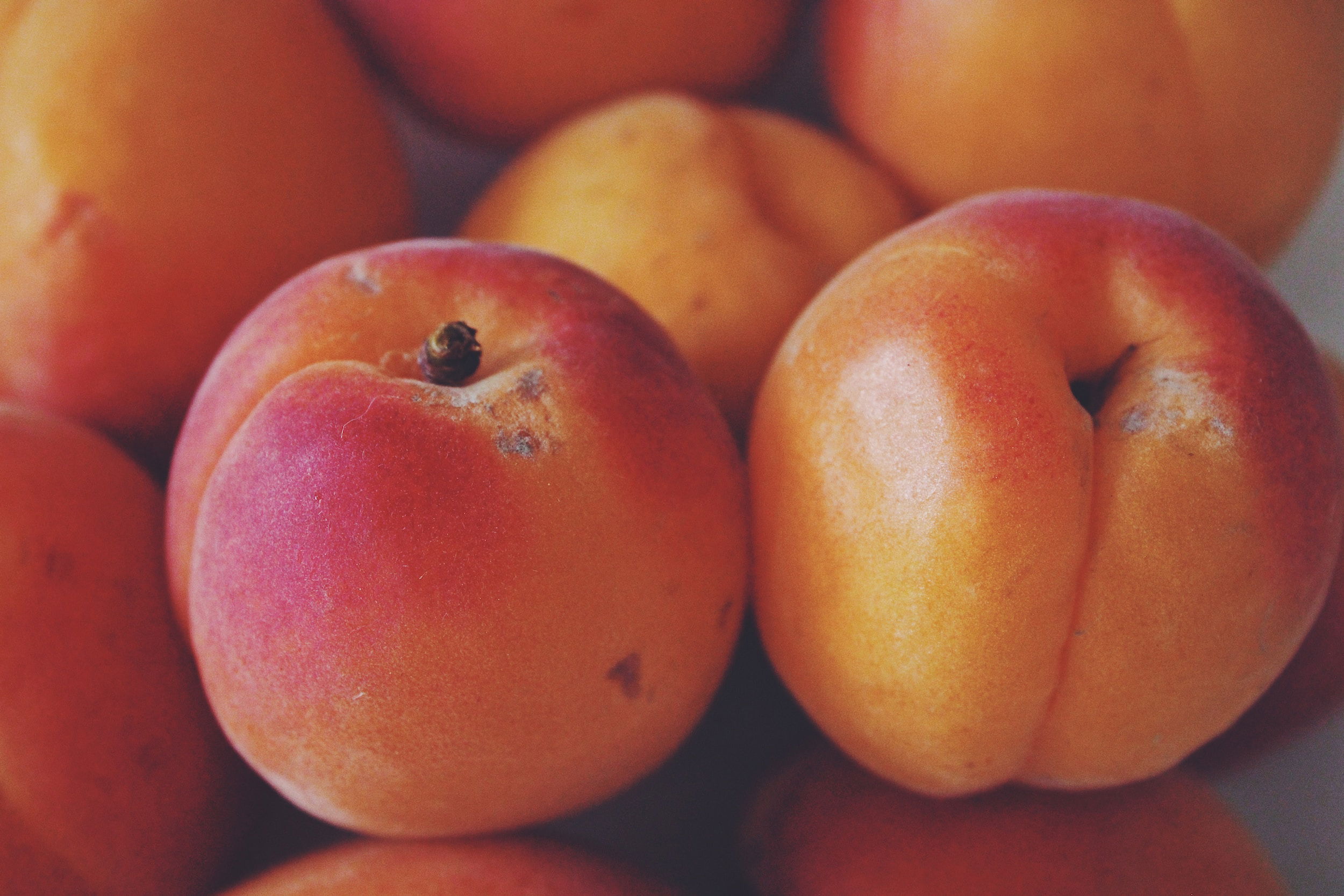
Summary:
Seasonal low-calorie snacks include stone fruits like peaches, nectarines, and plums. They make a tasty substitute for commercial meals like chips and cookies.
Passion fruit
Passion fruit is a South American native that grows on stunning floral vines. It contains an edible, pulpy seed mass inside of a tough, outer rind that is either purple or yellow in colour.
A rich source of fibre, vitamin C, vitamin A, iron, and potassium, one purple passion fruit (18 g) has only 18 calories.
Passion fruit has a lot of dietary fibre for such a little fruit. In fact, 5 of these fruits had less than 100 calories per serving and 33% of the DV.
Fibre helps you feel fuller for longer and manages your appetite by slowing down digestion.
Additionally, piceatannol, a compound associated with lowered blood pressure and enhanced insulin sensitivity in overweight men, is present in the seeds of the passion fruit. However, more study is required.
The ideal way to take passion fruit for weight reduction is whole. It can be consumed on its own, added to drinks, or used as a topping or filling for sweets.
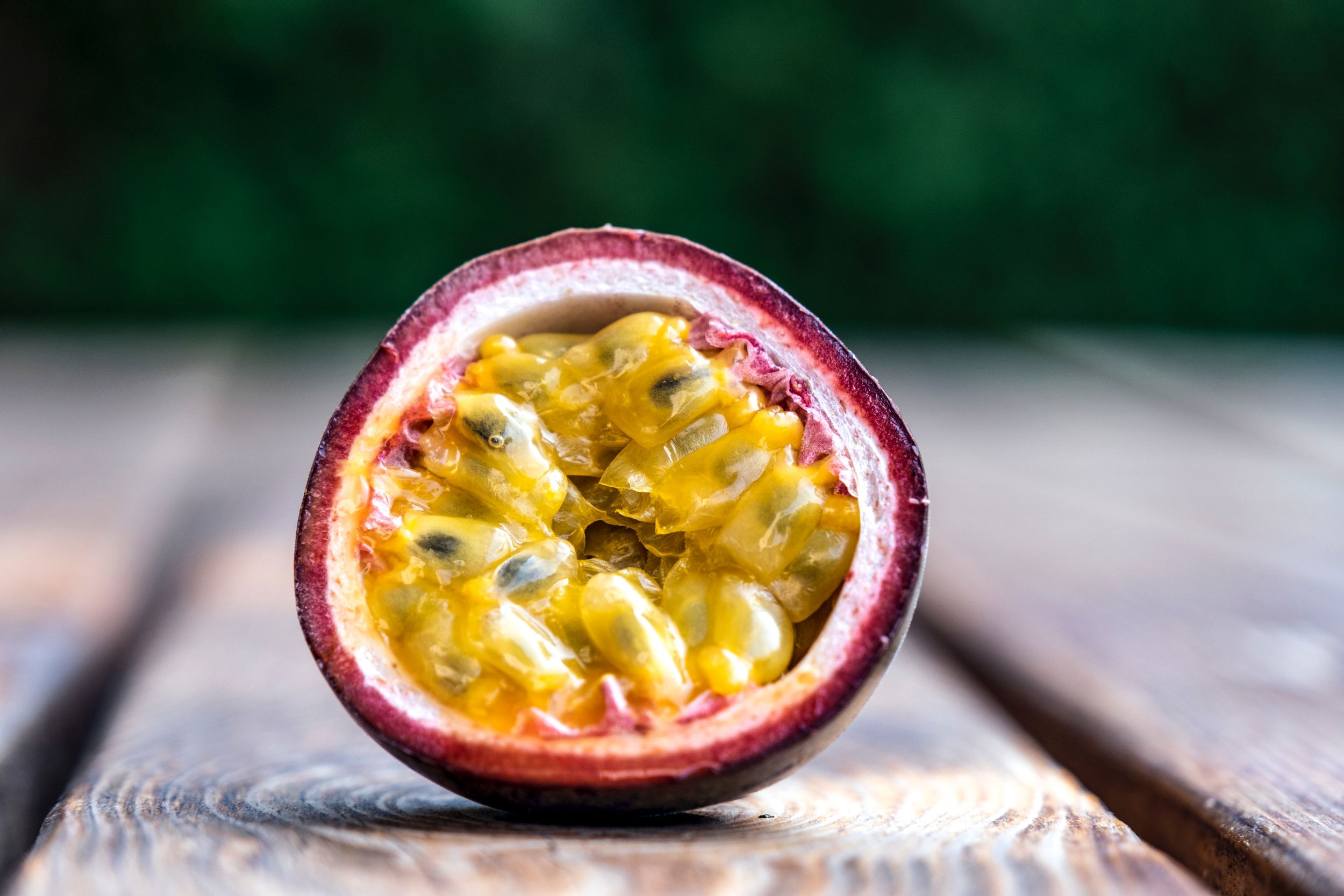
Summary:
Passion fruit is a fruit with few calories and lots of fibre that may lower blood pressure and improve insulin sensitivity, making it a good choice for weight loss.
Rhubarb
Although rhubarb is technically a vegetable, it is frequently cooked as a fruit in Europe and North America.
Even though each stalk only contains 11 calories, it nevertheless contains about 1 g of fibre and nearly 12% of the daily value (DV) for vitamin K. Additionally, the fibre in rhubarb may lower elevated cholesterol.
In a 2007 study, those who received 23 milligrammes (mg) of dried rhubarb extract per lb of body weight (50 mg per kg) for six months saw a significant drop in cholesterol and an improvement in blood vessel function. The participants in the trial were 83 adults with atherosclerosis, a condition of the arteries.
You can simmer rhubarb stalks and serve them with cereal or porridge. When attempting to lose weight, it is better to adhere to low sugar rhubarb meals despite the fact that it can be used in a variety of ways, including desserts.

Summary:
Rhubarb, which has a high fibre content and few calories, may help people lose weight and decrease their cholesterol.
kiwi fruit
Small, brown kiwifruits with vivid green or yellow flesh and tiny black seeds make up the fruit.
Kiwis are extremely nutrient-dense and a great source of vitamin C, vitamin K, folate, and fibre.
They also have a number of positive health effects. In one study, two golden kiwis were consumed daily for 12 weeks by 41 participants with prediabetes. Their vitamin C levels increased, their blood pressure dropped, and their waist circumference shrunk by 1.2 inches (3.1 cm).
According to additional research, kiwis can also enhance intestinal health, lower blood pressure, and improve cholesterol, all of which are factors in weight loss. Due to their low GI, kiwis still contain sugar, but it is released more gradually, causing less pronounced blood sugar rises.
Kiwis also contain a lot of nutritional fibre. Over 2 g of fibre may be found in one tiny fruit (69 g), and an extra 1 g of fibre can be found in the fruit's skin just.
It has been demonstrated that diets high in fibre from fruits and vegetables help people lose weight, feel fuller, and have better gut health.
Eating kiwifruit raw, peeled, or unpeeled results in a soft, sweet, and tasty fruit. Additionally, it can be juiced, added to salads, porridge in the morning, or baked products.
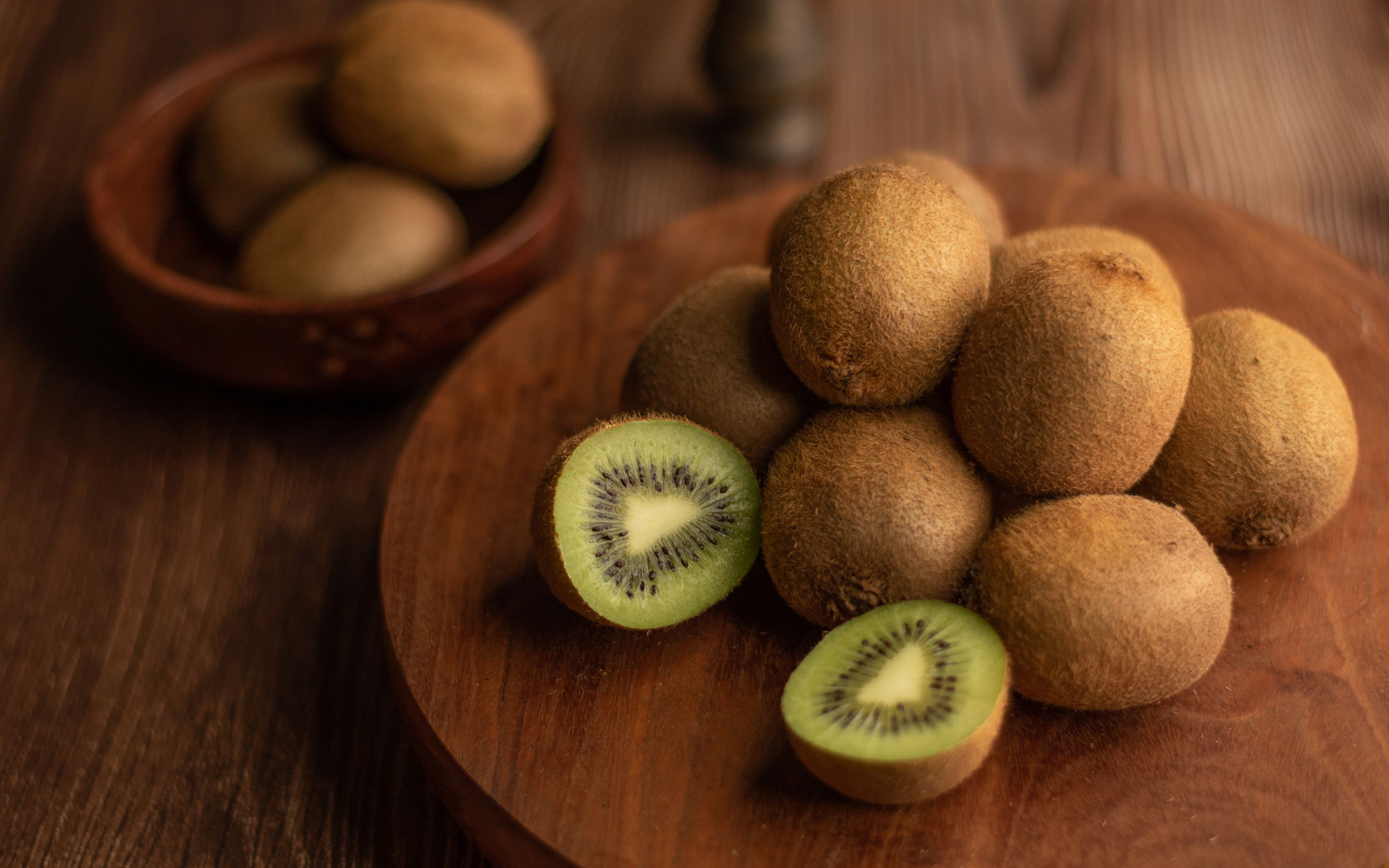
Summary:
Kiwifruits are very healthy and provide a number of advantages for your body. They are excellent for weight loss due to their high fibre and low calorie content.
Melon
Melons are excellent for weight control because they have a high water content and few calories.
Melons like honeydew or watermelon, which are only 1 cup (150–170 g) in size, provide a meagre 46–61 calories per serving. Melons are high in fibre, potassium, and antioxidants like vitamin C despite having few calories.
Consuming fruits with a high water content may also aid in weight loss. Watermelon does have a high GI, so it's vital to watch your intake.
Melons can be eaten raw, chopped, or rolled to add flavour to fruit salads. They can also be quickly frozen into fruit popsicles or combined into fruit smoothies.
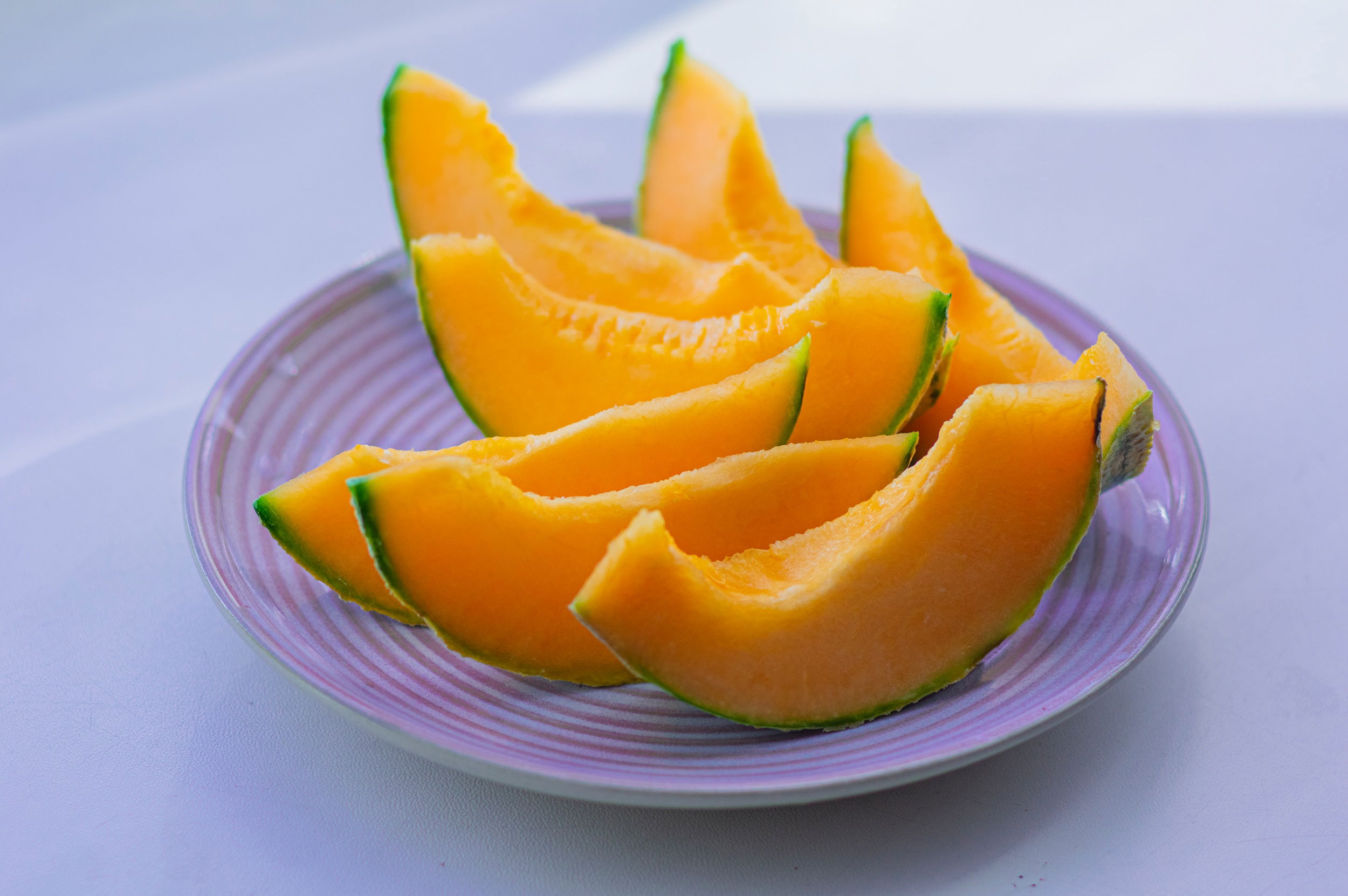
Summary:
Melons have a high water content and very few calories, which may help you stay hydrated and reduce weight.
Oranges
Oranges, like all citrus fruits, are low in calories while being high in fibre and vitamin C. They are extremely filling as well.
Although many people choose orange juice over orange slices, research show that consuming whole fruits rather than juices increases feelings of satiety and reduces calorie consumption while also reducing appetite.
Therefore, it could be preferable to consume oranges rather than drink orange juice if you're attempting to lose weight.
The fruit can be consumed on its own or combined with your preferred salad or dessert.

Summary:
Oranges are rich in fibre and vitamin C. They can also help you feel full longer.
Bananas
Due to its high sugar and calorie content, several people avoid bananas when trying to lose weight.
Despite having more calories per fruit than most others, bananas are also higher in nutrients, including potassium, magnesium, manganese, fibre, many antioxidants, and vitamins B6 and C.
Particularly for those who have diabetes, their low to medium GI may help reduce blood sugar levels and regulate weight.
A 2014 study also showed that individuals with high cholesterol could lower their blood sugar and cholesterol by eating one banana per day.
Bananas and other high-quality, nutrient-dense, low-calorie meals are essential components of any sane weight-loss strategy.
In addition to being a tasty on-the-go snack when eaten alone, bananas can be cooked or added raw to a wide range of meals.
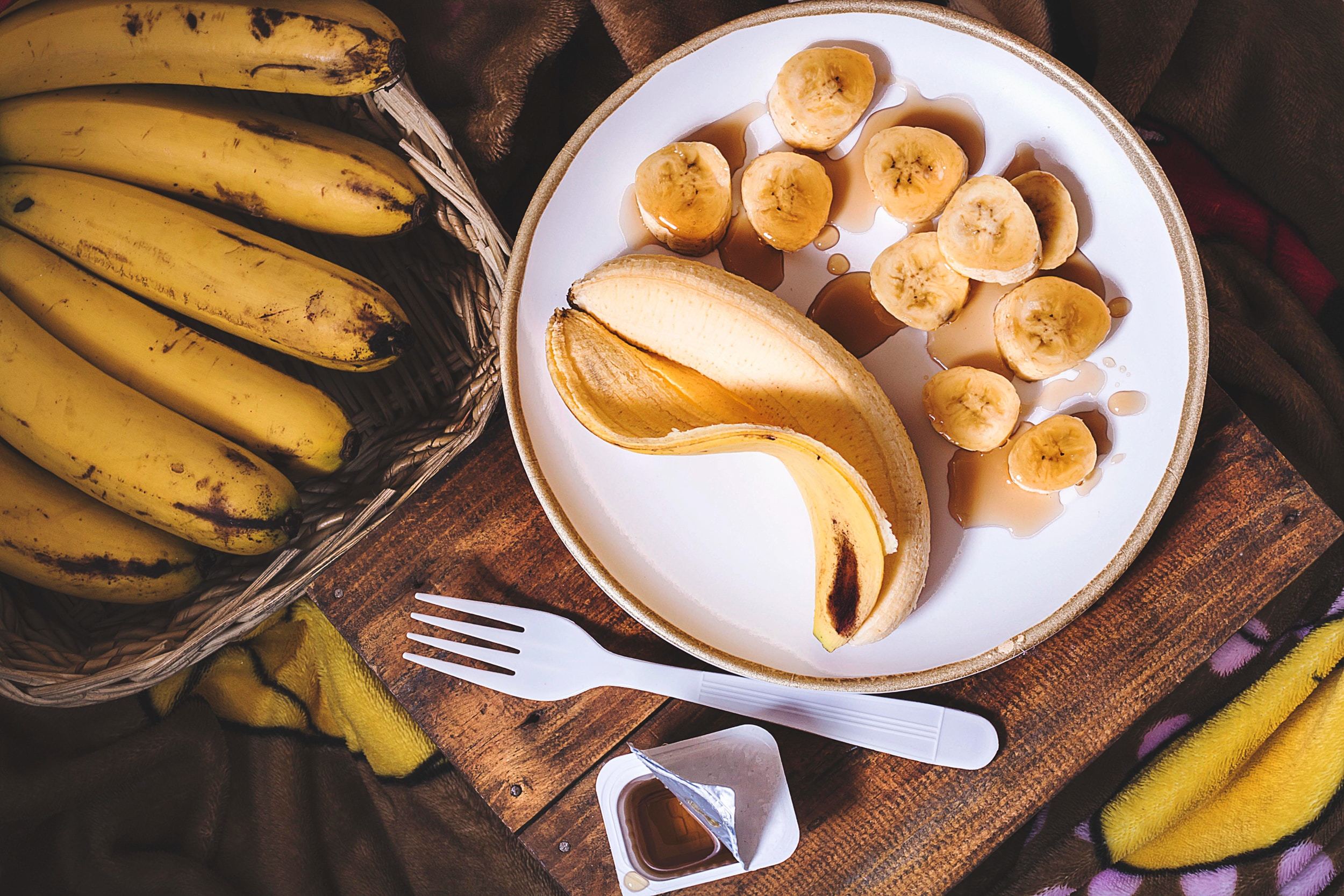
Summary:
Bananas are a great addition to a healthy weight loss regimen thanks to their abundance of nutrients and fibre.
Avocados
A fruit cultivated in warm areas, avocados are high in fat and calories. One of the fruits with the highest calorie content is the avocado, which has 161 calories per 100 grams of weight.
The same quantity supplies 20% of the DV for folate and 18% of the DV for vitamin K.
Despite having a lot of calories and fat, avocados may help people lose weight. In one study, one avocado was consumed daily for 12 weeks by 51 patients with overweight or obesity who were on a low-calorie diet. Both groups lost a lot of weight, showing that avocados are a wise choice for anyone trying to slim down.
According to other research, eating avocados can make you feel more satisfied, curb your appetite, and lower your cholesterol.
According to several studies, eating avocados regularly may also lead to a better diet and a lower risk of heart disease.
On bread and toast, avocados can be spread in place of butter or margarine. They can be included in salads, smoothies, and dips.
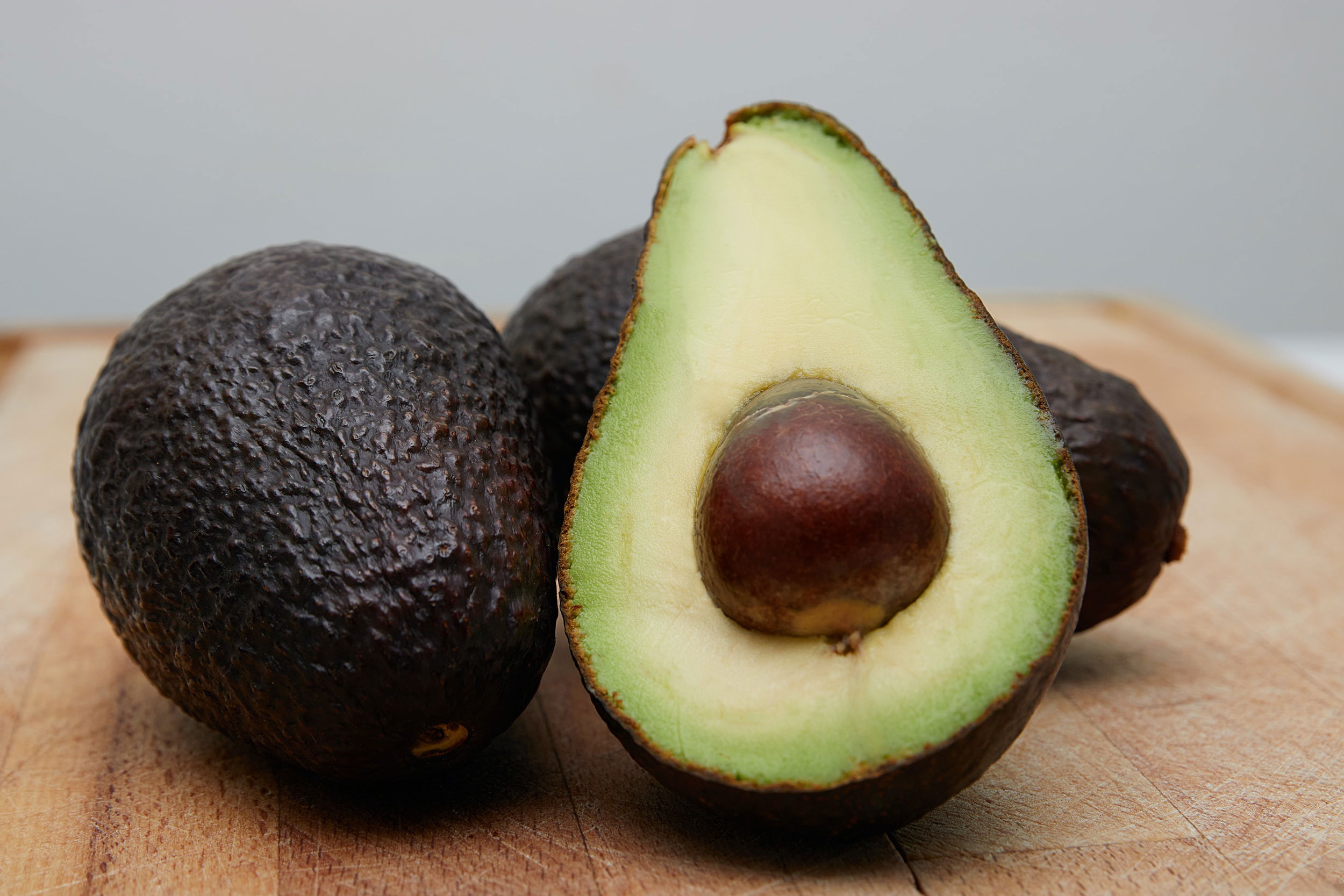
Summary:
Eaters of avocados typically weigh less than non-eaters. Despite having a lot of fat, avocados may aid in weight loss and maintenance.
The conclusion
Fruit is a crucial component of a balanced diet and may help with weight loss.
The majority of fruits are high in nutrients and fiber but low in calories, which might increase your feeling of fullness.
Remember that eating fruits intact is preferable to drinking fruit juice.
Furthermore, the secret to weight loss is not as simple as eating fruit. Along with physical activity, you should aim for a balanced, whole-foods-based diet.
If you follow all of the above and feel you still need to lose weight, it's time to try one of our famous diets... Click here to go to page